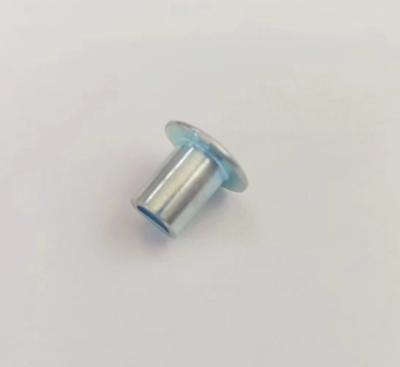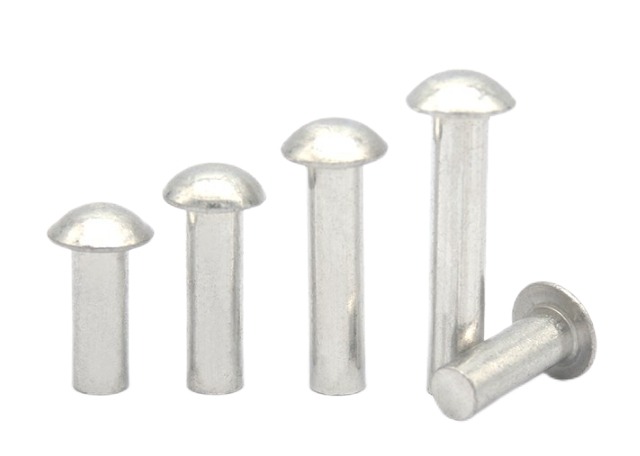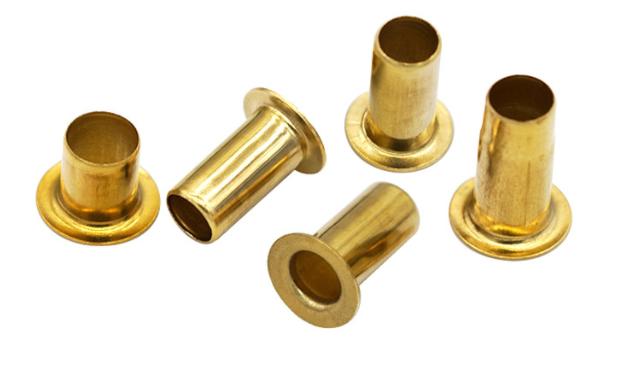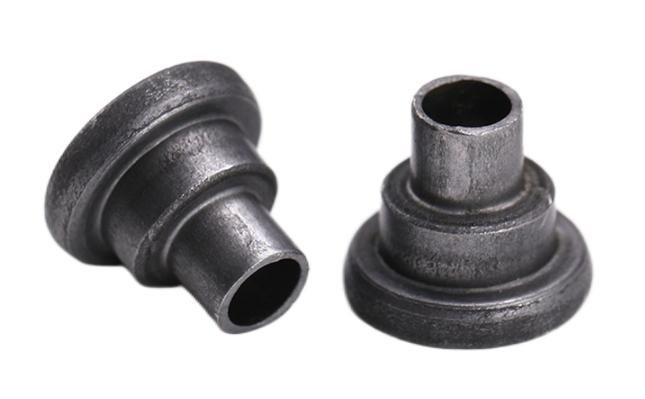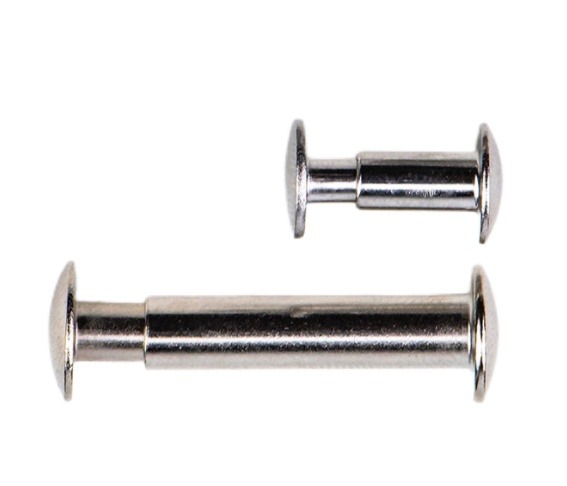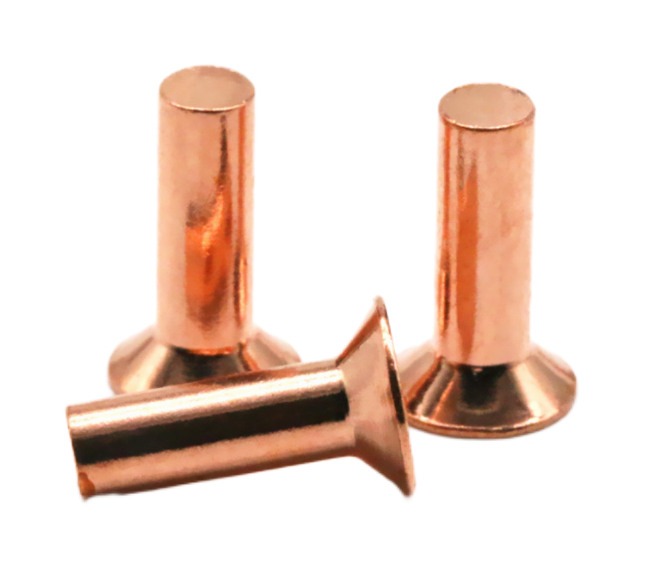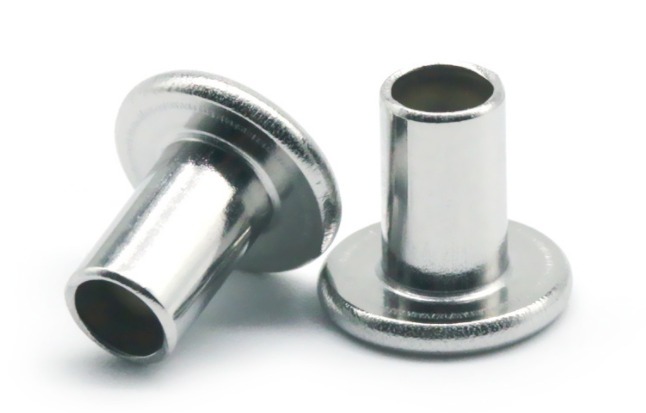How to Tighten a Rivet? – 3 Steps
Rivets play a crucial role in industries such as construction, automotive, and aerospace. They are not only key to securely fastening metal components but also frequently appear in equipment repairs and other processes, silently supporting many of the structures in our lives.
You may be wondering, how to ensure these rivets perform at their best? The answer is simple: tighten them correctly! So, how to tighten a rivet? Today, we’ll guide you through the proper way to tighten rivets, helping you navigate the “world of rivets” with ease!
Table of Contents
Part 1. What are Rivets?
First, let’s have a better understanding of what rivets are. Rivets are commonly used as mechanical fasteners, typically made of metal. They consist of a long shaft and two ends, primarily used to join multiple components together securely.
Rivets come in various types, including blind rivets, solid rivets, and more, and are widely used in fields such as automotive manufacturing, aerospace, and construction.
The main advantages of rivets are their ease of installation and dependability, making them particularly suitable for high-strength fastening tasks. During the riveting process, using the right type of rivet and tools ensures a strong and durable connection.
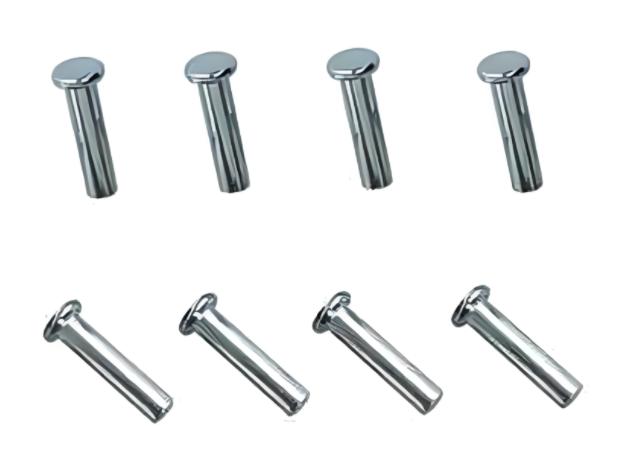
Part 2. How to Choose Right Rivets?
Before tightening rivets, it’s essential to choose the right one to ensure a secure and long-lasting connection. The proper selection of rivets depends on factors such as material, size, and length, all of which affect the strength and durability of the joint. Below are some common rivet materials, sizes, and lengths to consider.
Material Selection:
Aluminum Rivets: Lightweight and resistant to corrosion, aluminum rivets are ideal for use in moist or corrosive environments. They are commonly used in industries like automotive and aerospace, offering sufficient strength while reducing overall weight.
Copper Rivets: Copper rivets are known for their excellent high-temperature resistance, making them suitable for applications in hot environments. They are often used in engine components or high-temperature pipelines where heat resistance is critical.
Stainless Steel Rivets: Stainless steel rivets provide high strength and excellent corrosion resistance, making them ideal for harsh environments. They are perfect for marine applications, chemical plants, and other extreme working conditions, offering protection against oxidation and corrosion.
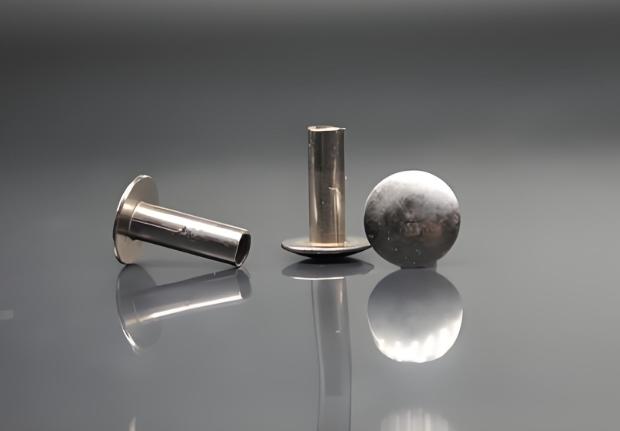
Size and Length:
The size and length of the rivet directly affect the strength of the connection. When choosing a rivet, it is essential to match its size with the thickness of the material being joined.
Size: Rivets that are too small may not withstand enough pressure, leading to weak or loose connections. On the other hand, rivets that are too large could damage the material, resulting in uneven stress distribution and compromising structural integrity. Therefore, selecting the right rivet diameter is critical.
Length: The length of the rivet should correspond to the total thickness of the material being joined. As a general rule, the rivet length should be at least 1.5 to 2 times the combined thickness of the materials to ensure that the rivet fully expands when compressed and provides a strong hold. If the rivet is too short, the connection will not be tight, leading to instability in the overall structure.
Choosing the right rivet is not only the foundation for a secure connection but also improves the overall performance of the structure. Always consider these factors before riveting to ensure compatibility between the rivet and the materials being joined.
Part 3. How to Tighten a Rivet?
Before tightening rivets, it’s essential to ensure all preparation is done. Proper preparation not only enhances work efficiency but also helps prevent unnecessary issues during the riveting process. Let’s start by preparing the tools and work environment.
Necessary Tools:
- Rivet Gun: Used to secure the rivet in place. Our rivet guns are designed to work seamlessly with our range of rivets, ensuring smooth operation.
- Rivets: Choose the appropriate rivet based on material and size.
- Pliers or Pressure Tools: In some cases, pliers can help tighten the rivet tail to ensure a secure hold.
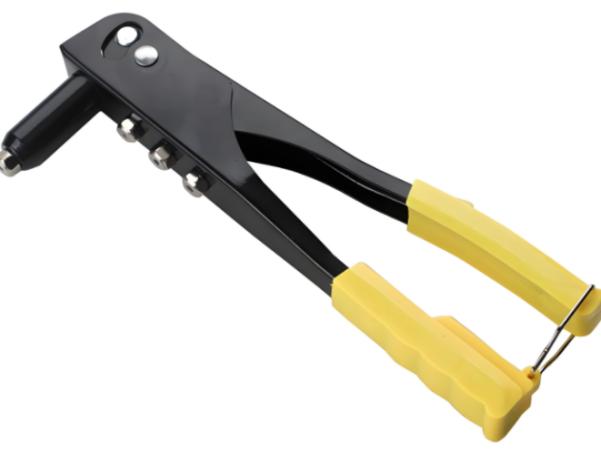
Preparing the Work Environment:
Make sure the work area is clean and organized to avoid any distractions during the rivet installation. Remove dust, dirt, or grease from the surface to ensure proper contact between the rivet and the material.
Now, let’s go over the three simple steps to tighten rivets effectively!
Step 1: Insert Rivet Into the Hole
Insert the rivet shaft into the pre-drilled hole, ensuring that the tail of the rivet completely passes through the hole and is flush with the material surface.
Step 2: Use the Rivet Gun to Secure the Rivet
Align the rivet gun with the tail of the rivet, activate the tool, and gradually apply pressure to ensure that the rivet head tightly contacts the material surface. Our rivet guns are designed with precise pressure control to prevent over-tightening or incomplete fixation.
Step 3: Tighten the Rivet Tail
Continue using the rivet gun or other tools to compress the rivet tail until it fully expands and securely holds the materials together. At this point, the rivet’s tail will expand and create a strong connection between the two pieces of material.
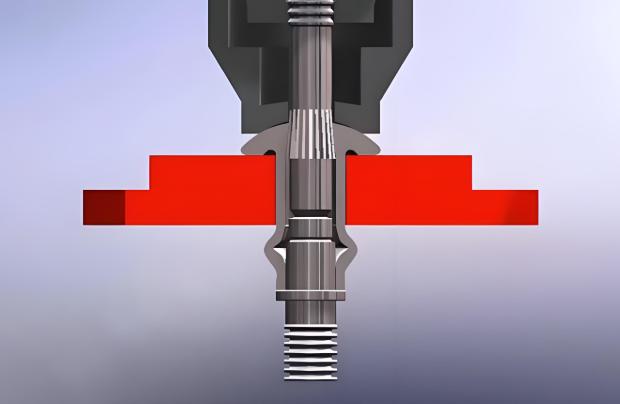
Part 4. Common Rivets Issues and Solutions
During the riveting process, you may encounter some common issues. Understanding and addressing these problems will help ensure the quality and longevity of your riveted connections. Below are a few common issues and their solutions:
Loose Rivets:
Loose rivets are a frequent problem and can be caused by the following reasons:
Incorrect Rivet Size: If the rivet diameter or length is too small, it may not be able to withstand the pressure of the connected materials, causing the rivet to loosen. To avoid this, choose rivets that match the thickness of the material to ensure a proper fit.
Improper Tool Use: If the rivet gun or other tools are not compatible with the rivets, it may lead to improper fastening. To prevent loosening, it’s recommended to use a rivet gun that perfectly matches the rivets, ensuring the tools are of high quality and correctly used.
To avoid loose rivets, make sure to select the correct size rivets and a high-quality rivet gun, and maintain consistent pressure during the riveting process. This will minimize the chances of loosening.
Rivet Cracking:
Rivet cracking is usually caused by the following factors:
Excessive Force: If too much force is applied during the riveting process, the rivet may crack. To prevent this, follow the manufacturer’s guidelines for the proper application of force and ensure it’s applied evenly and appropriately.
Rivet Quality Issues: Low-quality rivets or those with inherent defects may crack during the riveting process. To ensure a stable connection, we recommend using high-quality rivets that have undergone strict quality control tests, which can withstand the necessary operational pressures without cracking.
By selecting high-quality rivets, ensuring compatibility between the rivet size and tools, and avoiding excessive force, you can effectively prevent rivet cracking, improving the stability and durability of your connections.

Part 5. Why Tightening Rivets Correctly Matters
Correctly tightening rivets ensures a secure connection and enhances the overall durability of the structure. In high-demand industries like aerospace and automotive manufacturing, the quality and precision of rivet installation are directly linked to safety and the long-term performance of equipment.
If you are looking for high-quality rivets, KENENG rivet manufacturer can provide support. With KENENG, you can ensure that your equipment runs efficiently and reliably for the long term.
Final Words
We’ve provided a detailed guide on the proper steps for tightening rivets and the key considerations to keep in mind. Whether for everyday repairs or industrial applications, mastering the technique of riveting is essential. By ensuring the right rivet is selected, using the appropriate tools, and following the correct procedures, you can efficiently and safely complete your riveting tasks.
We hope this guide helps you better understand the rivet tightening process, improving your work efficiency while ensuring strong and secure connections.

